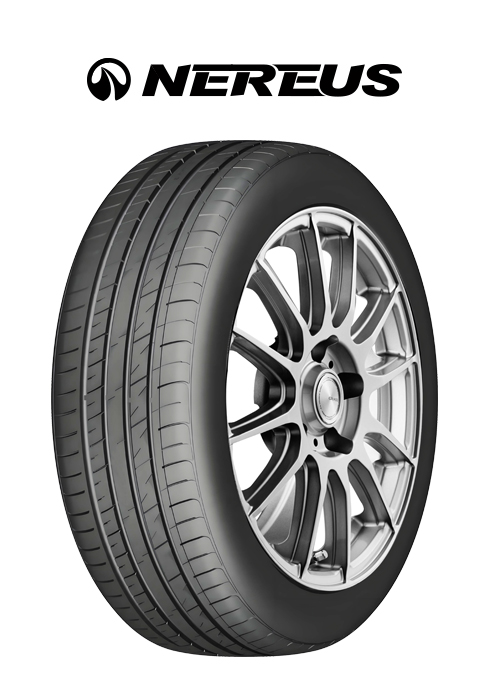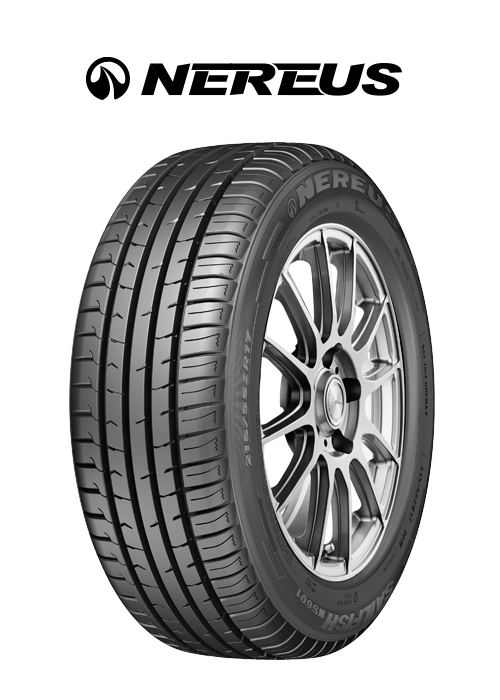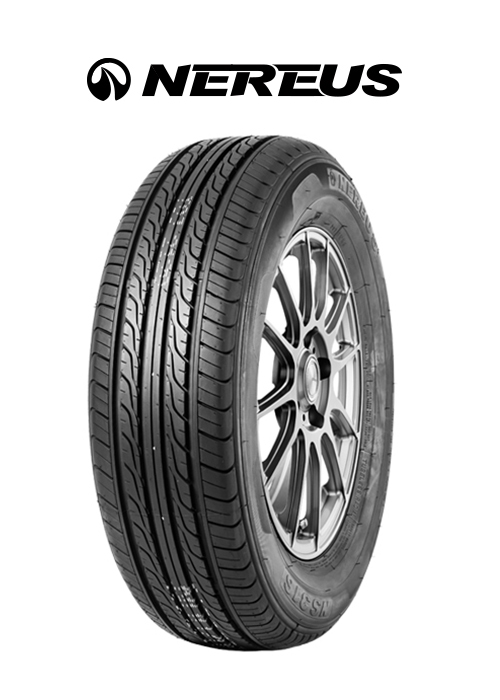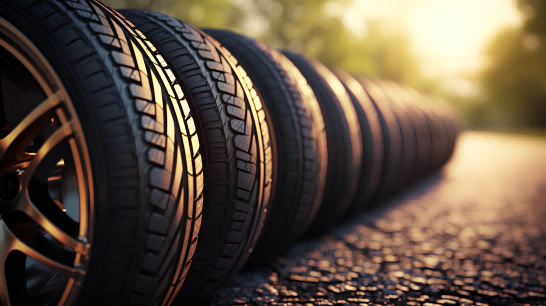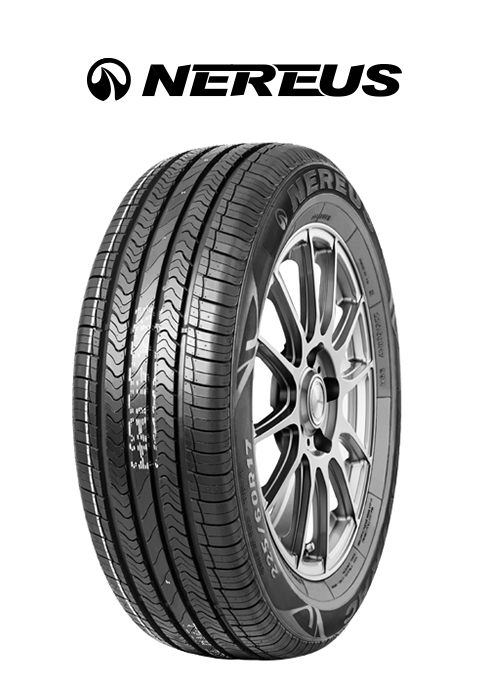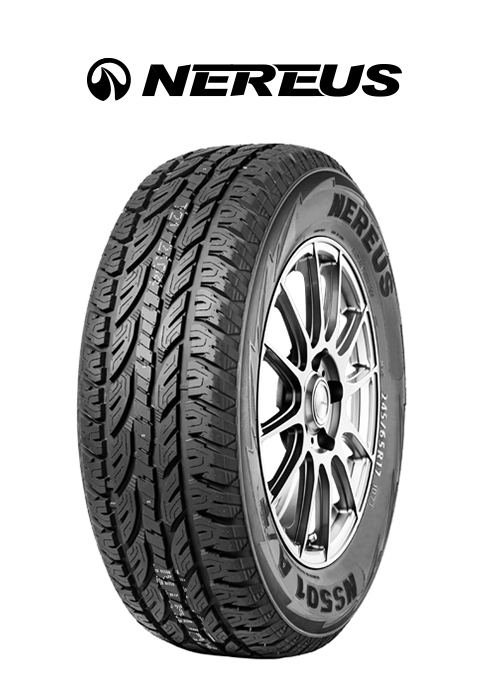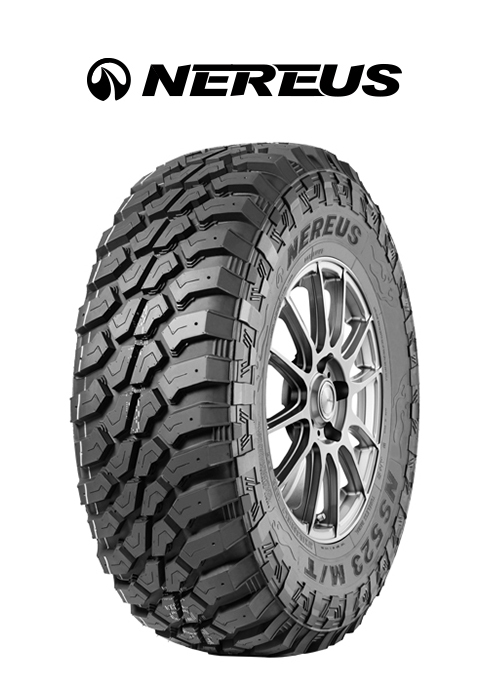Tire pressure
The tire pressure is directly related to driving safety, so it is necessary to regularly check the tire pressure. Proper tire maintenance can extend its service life. To learn more about the importance of tire pressure and methods for checking tire pressure, please refer to the following content.
The Importance of Tire Pressure
To ensure safety, driving performance, service life, and fuel costs, tire pressure should be maintained at optimal levels.
Generally speaking, tires lose one pound per square inch of pressure per month, so it is necessary to check the tire pressure and spare tire pressure at least once a month, especially before long-distance travel.
Tire pressure should be checked at least once a month and before each long-distance trip.
Tire pressure&tire life
Suggested time interval
Tire pressure should be checked at least once a month and before each long-distance trip.、
Tire pressure status
Low air pressure: will cause an increase in the width of the ground contact surface, which will exert excessive pressure on the edge of the tire surface. External wear can damage every part of the tire. In addition, compared to the optimal air pressure, a low air pressure will also cause an increase in sidewall inclination, posing a danger.
High air pressure: Due to the inflated shape of the tire resembling a balloon, pressure will concentrate in the center position. The uneven pressure generated on the ground contact surface will cause abnormal wear of the tire surface.
Check the optimal tire pressure
Hankook reminds you to check your tire pressure regularly once a month.
You can find the optimal tire pressure on the inside of the car door and in the vehicle manual (the sticker position displaying the optimal tire pressure information varies in different countries).
The number on the sidewall represents the maximum tire pressure value. Do not adjust the tire pressure above this value.
How to check tire pressure
Step 1
Purchase a certified tire pressure detector or take your vehicle to a nearby service center for inspection.
Step 2
Tires must be checked after they have cooled down (at least 3 hours after stopping driving).
Step 3
Insert the tire pressure detector into the valve.
Step 4
Compare the measured values with the standard tire pressure values.





